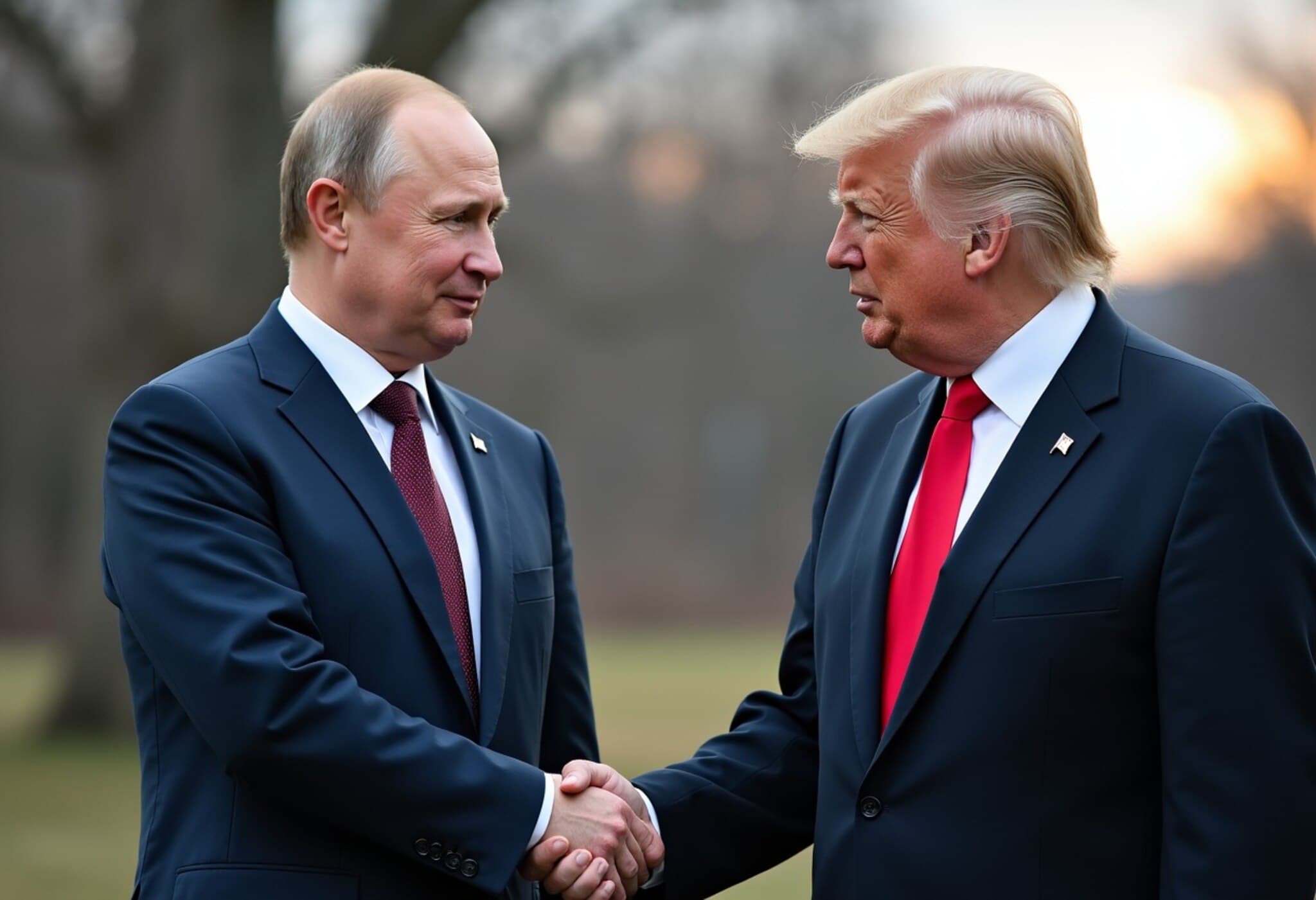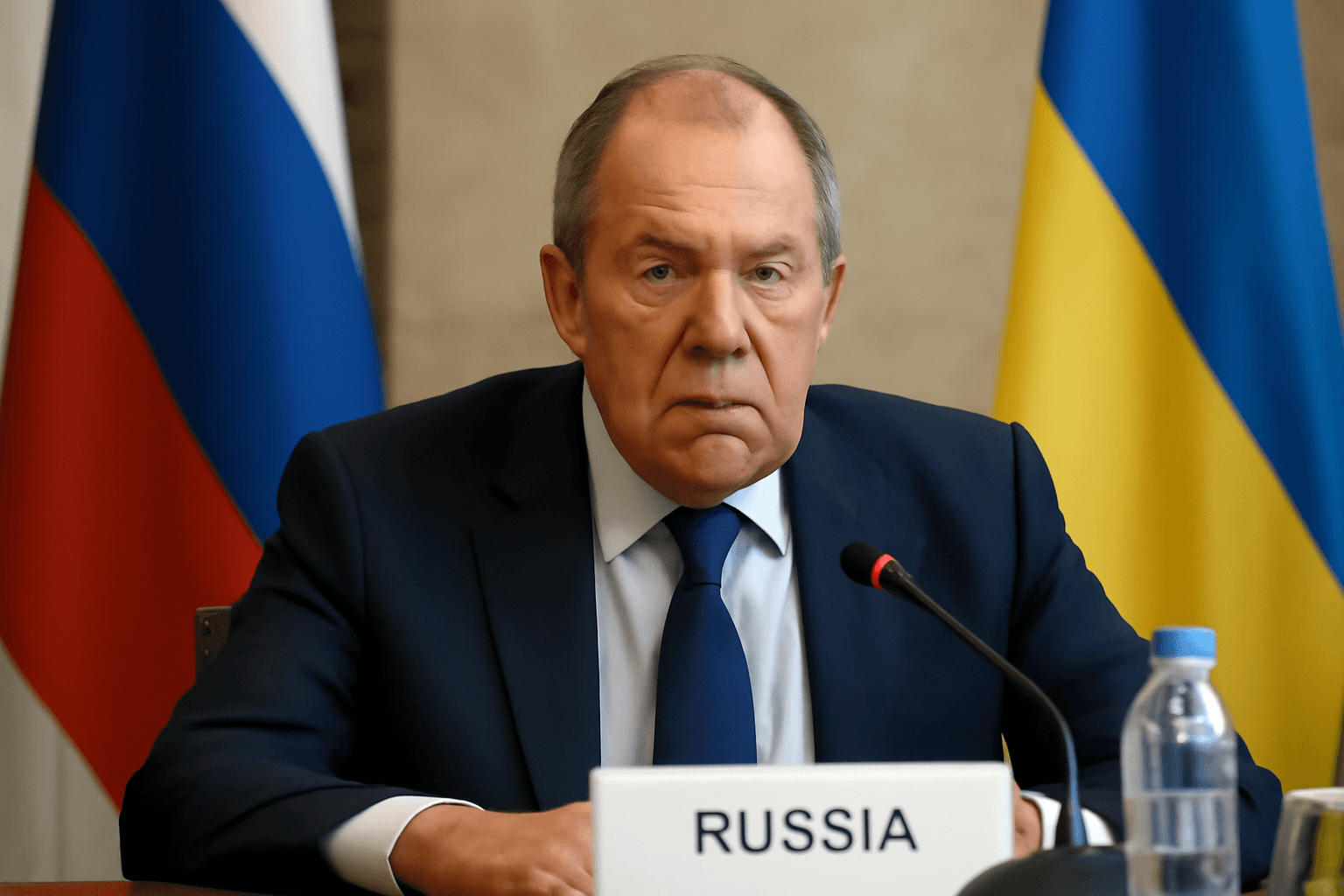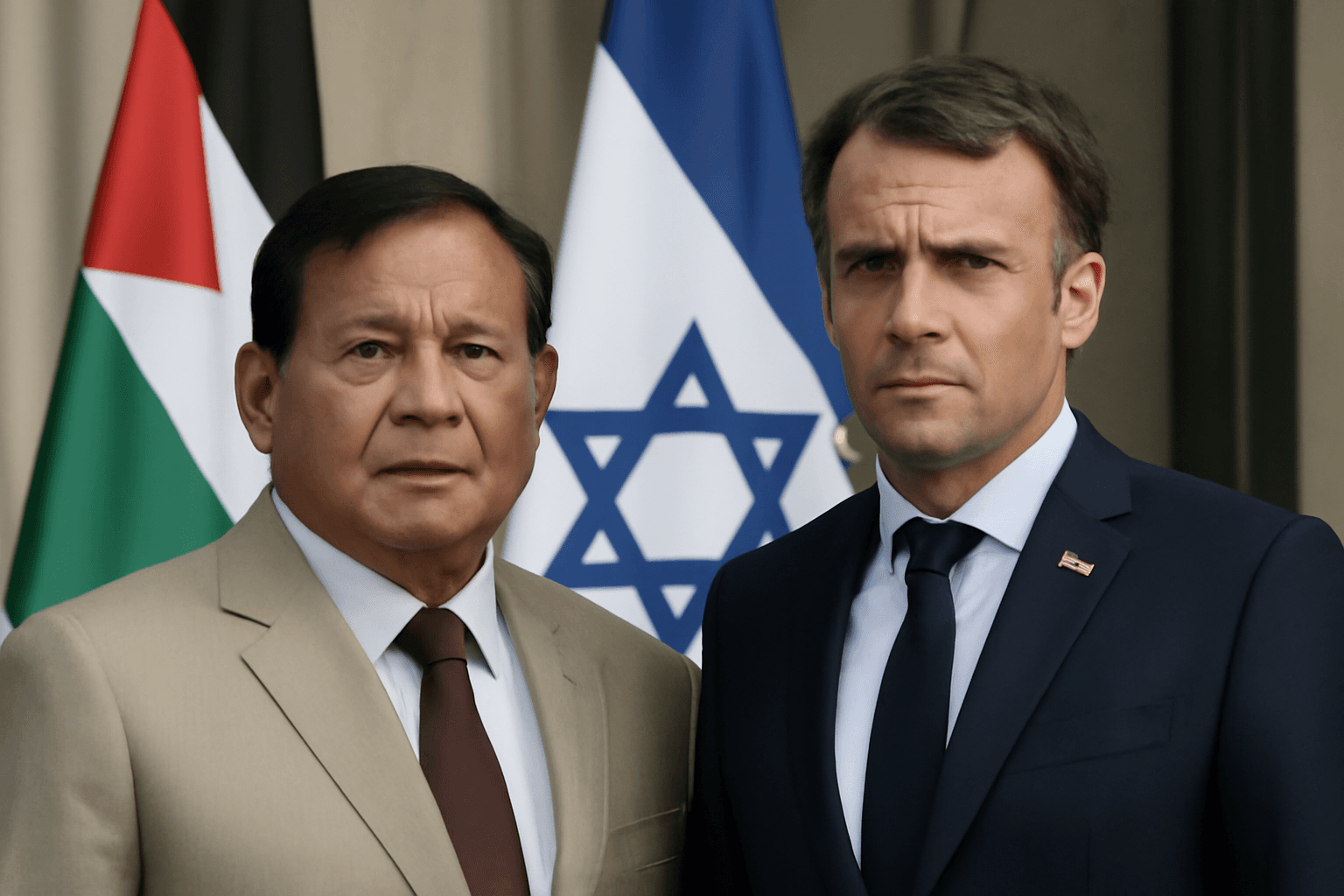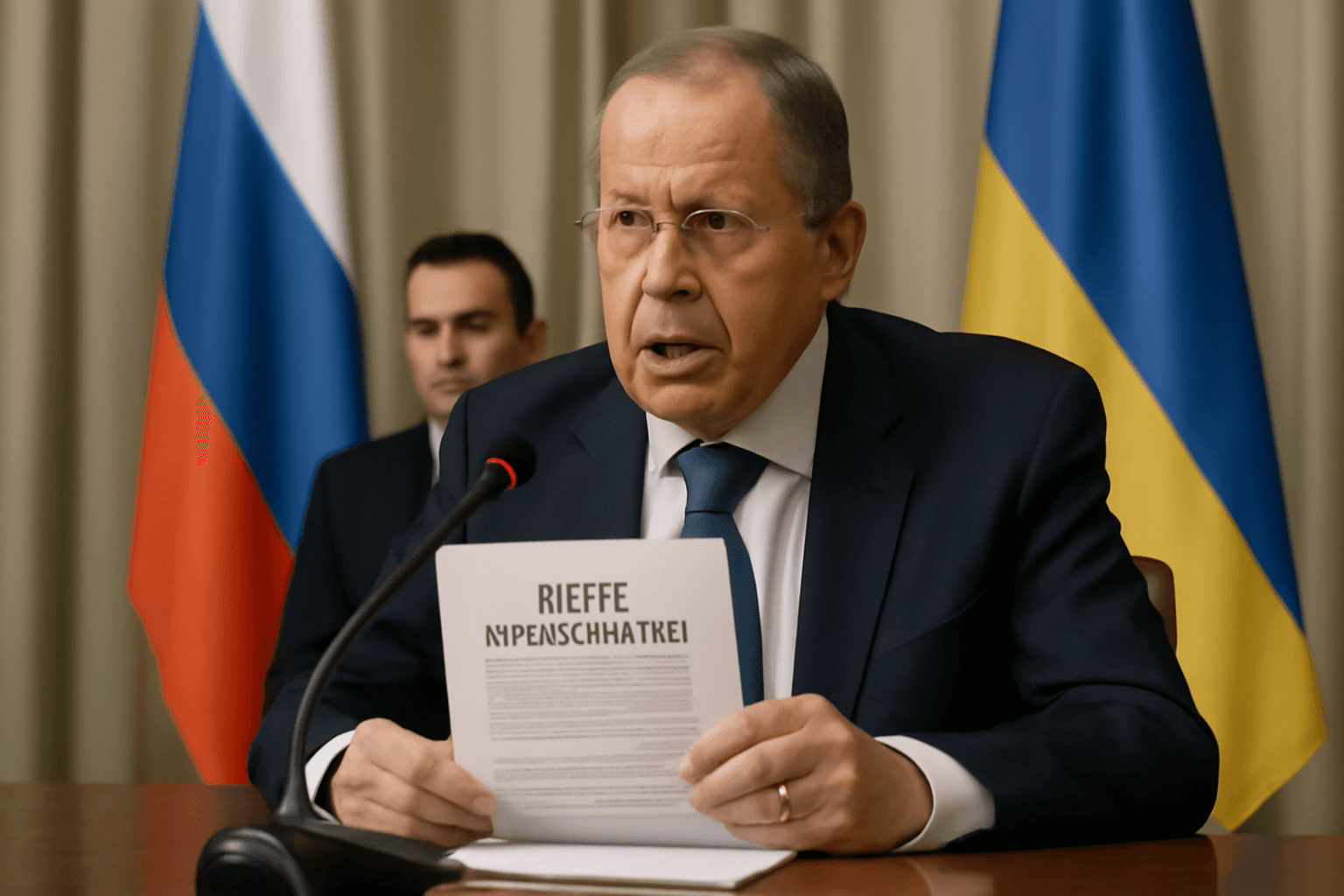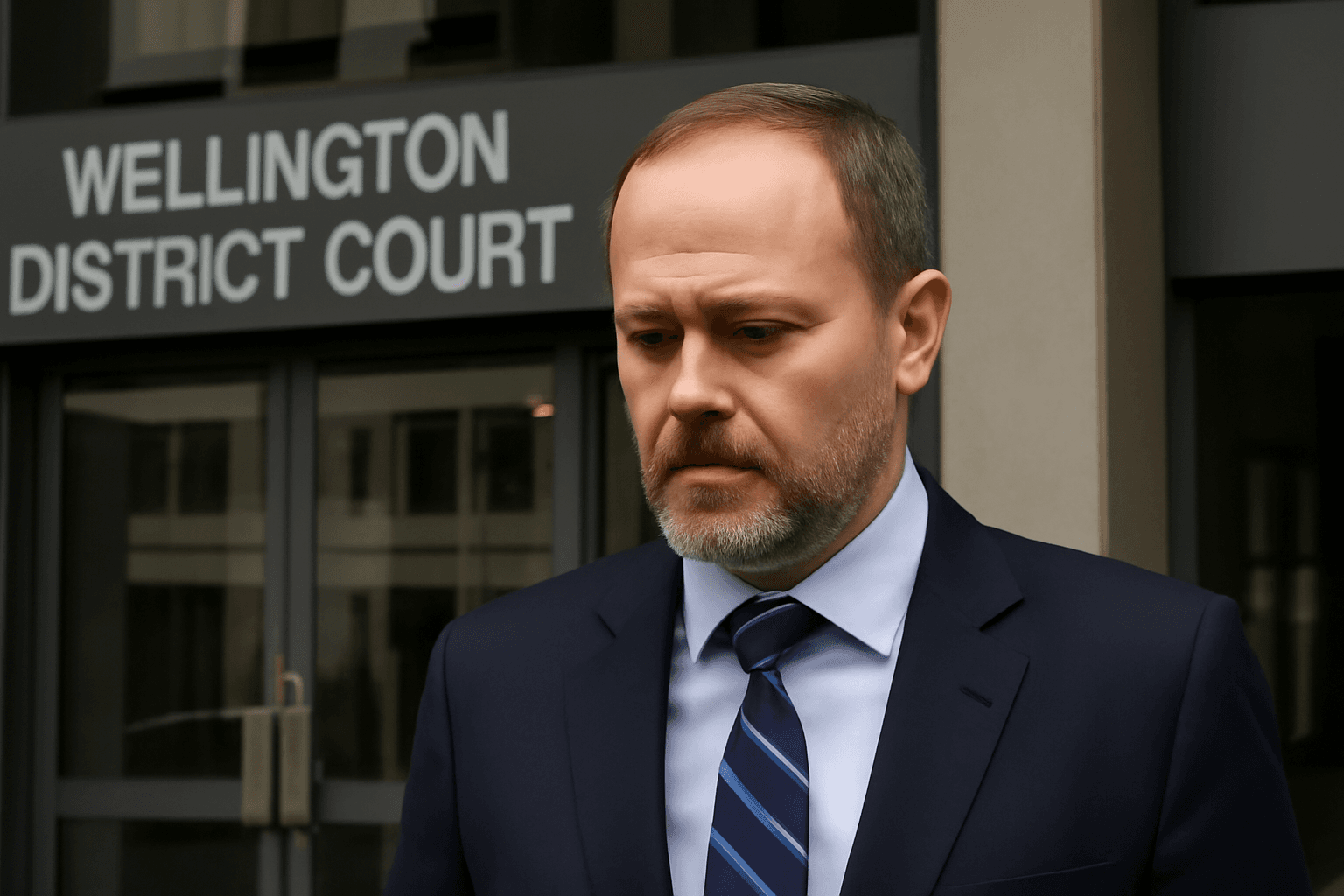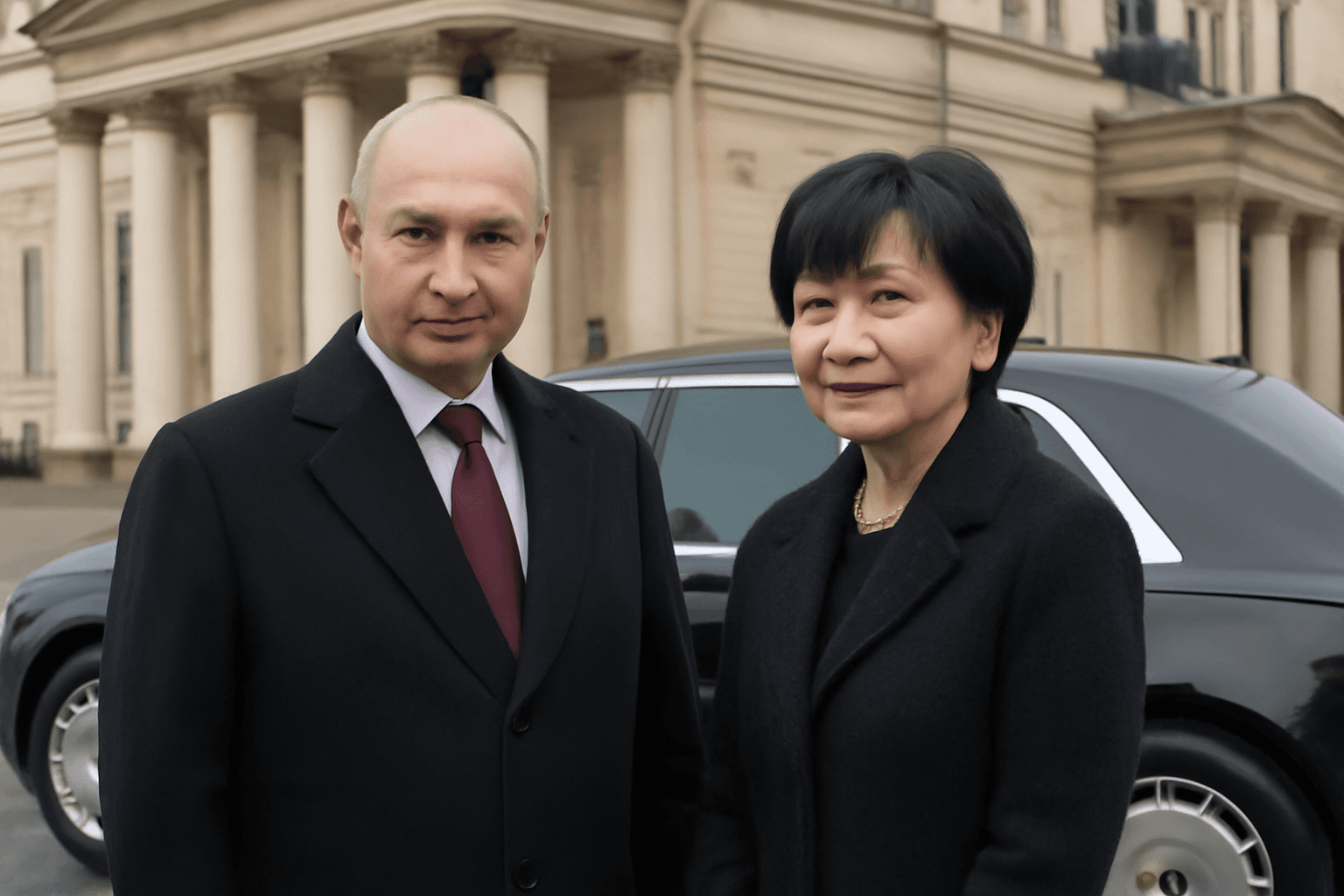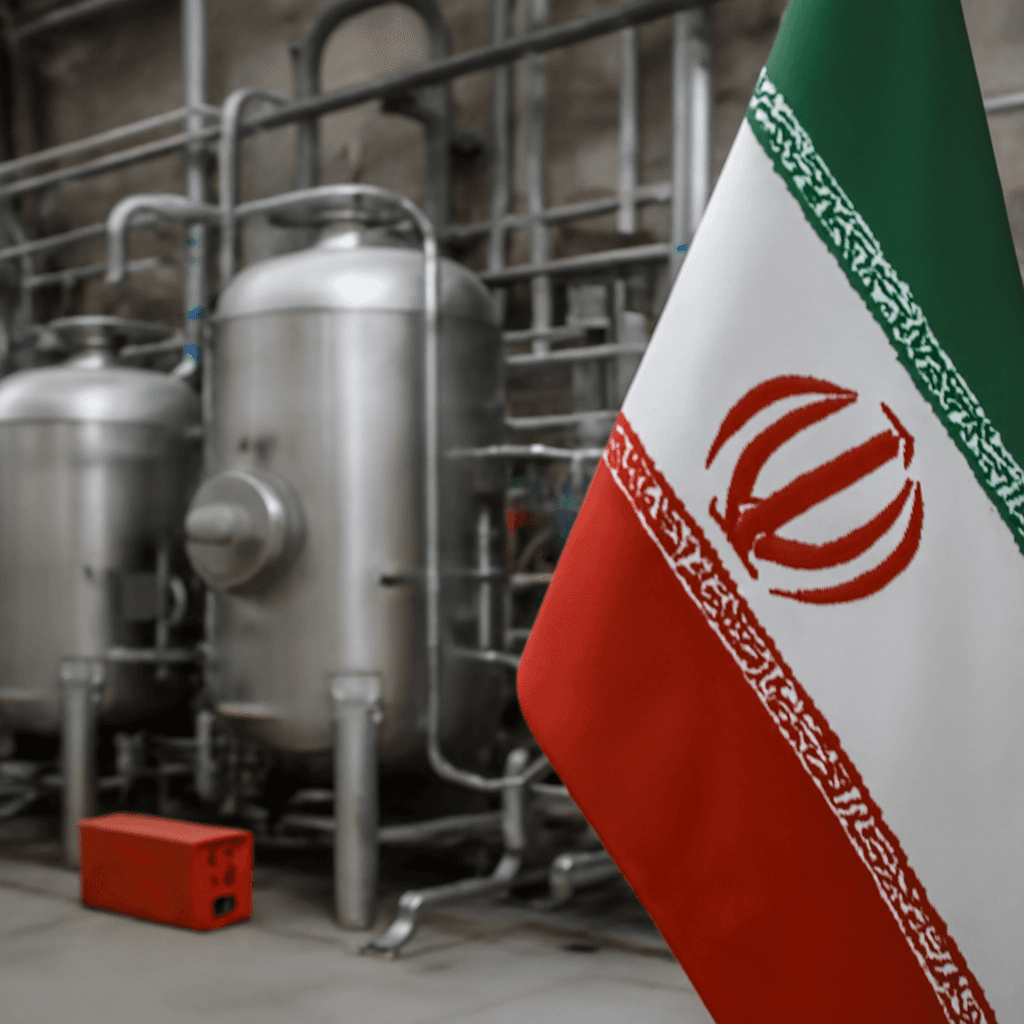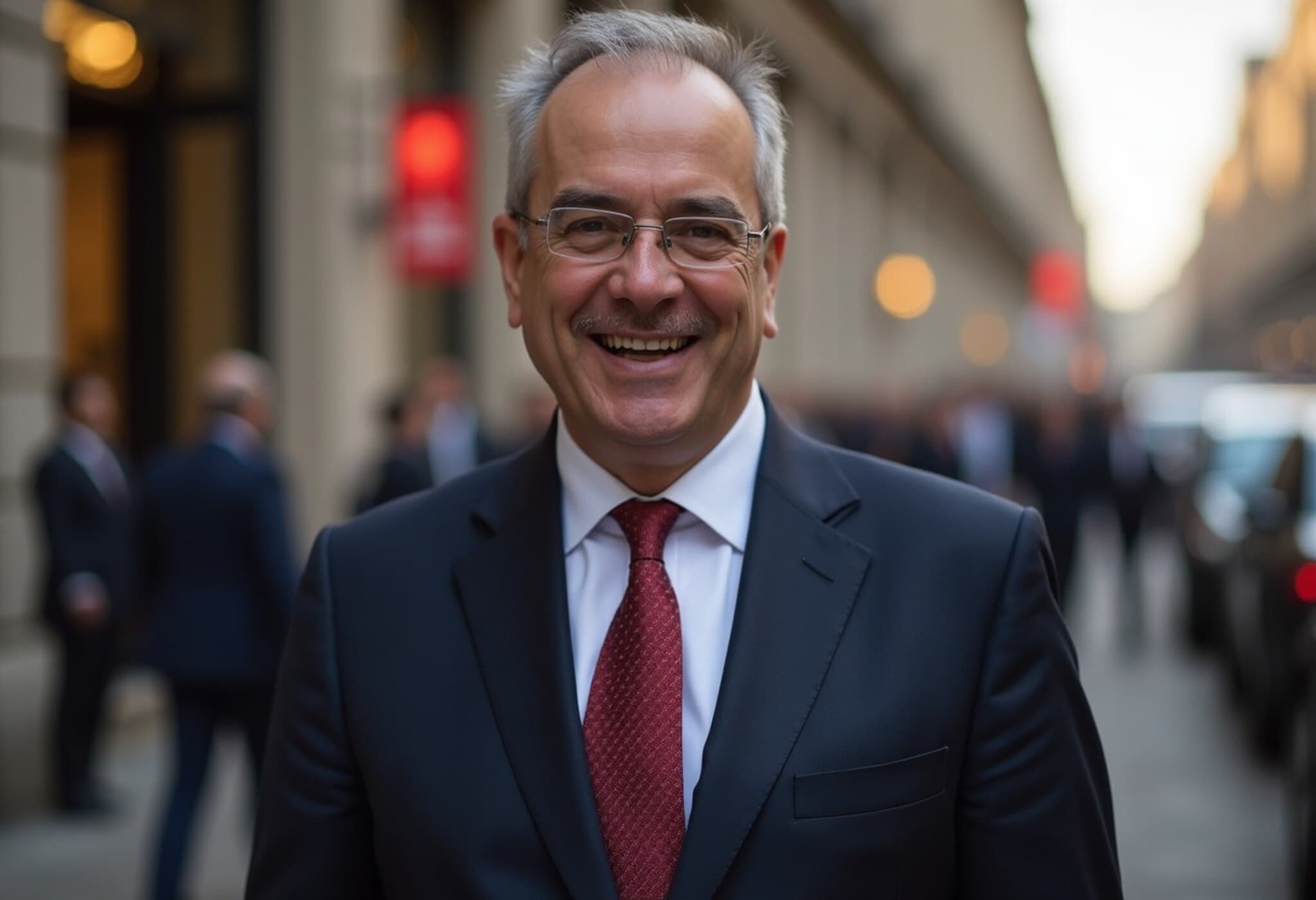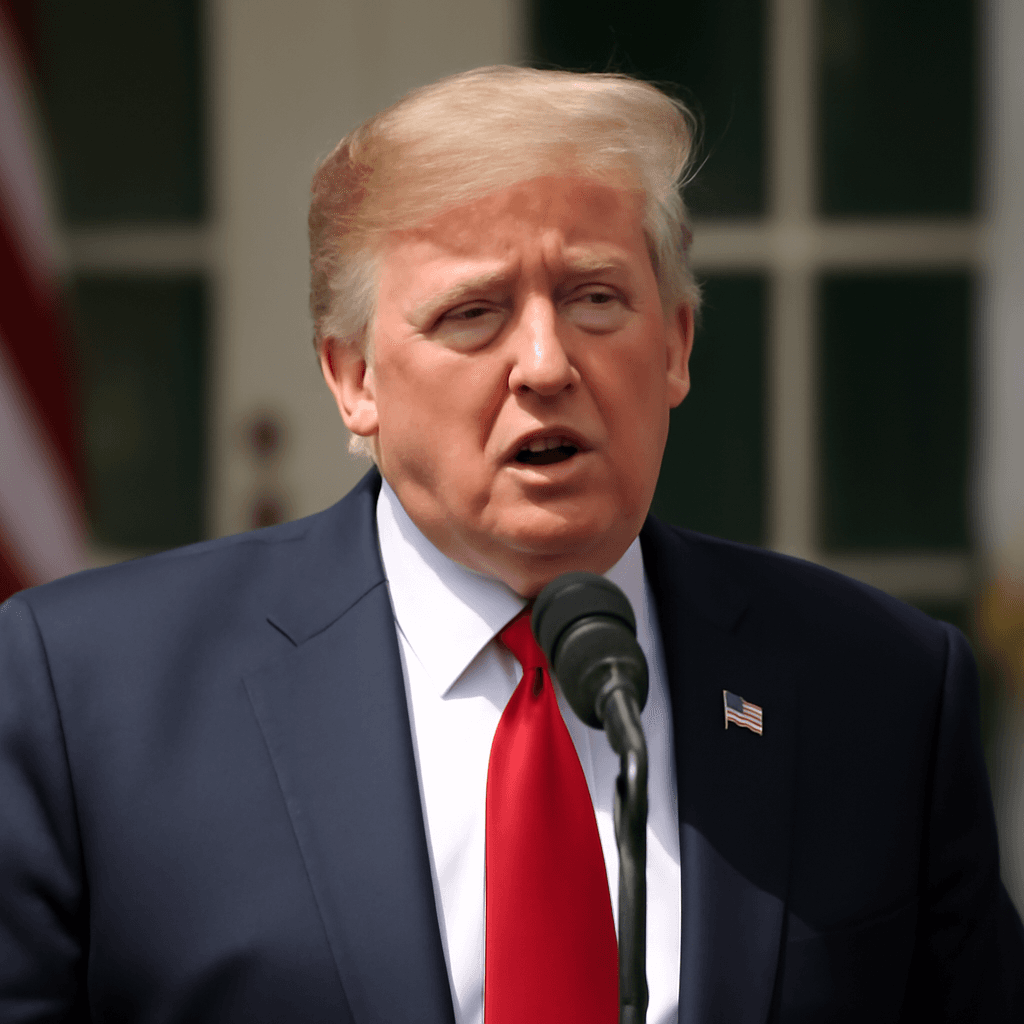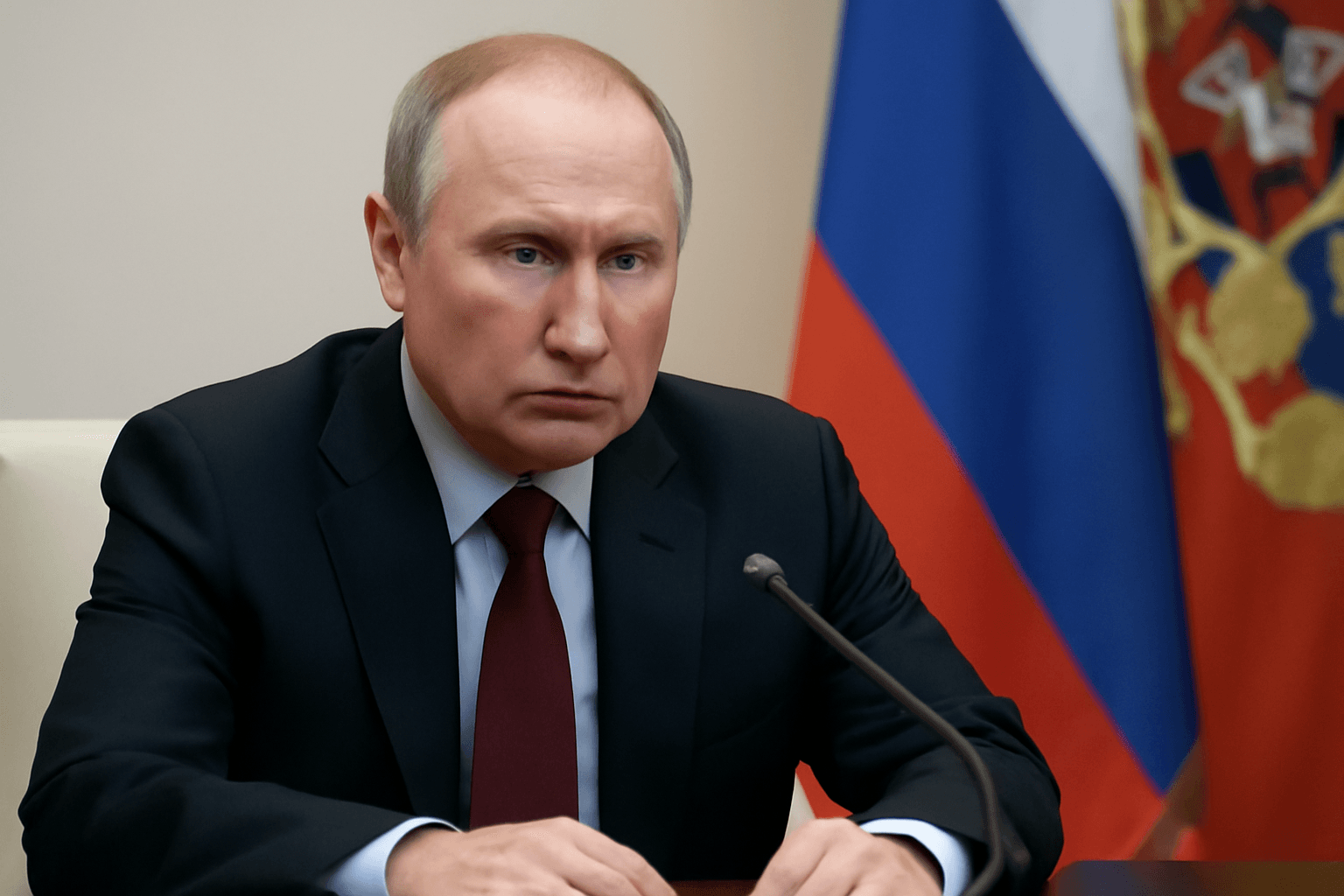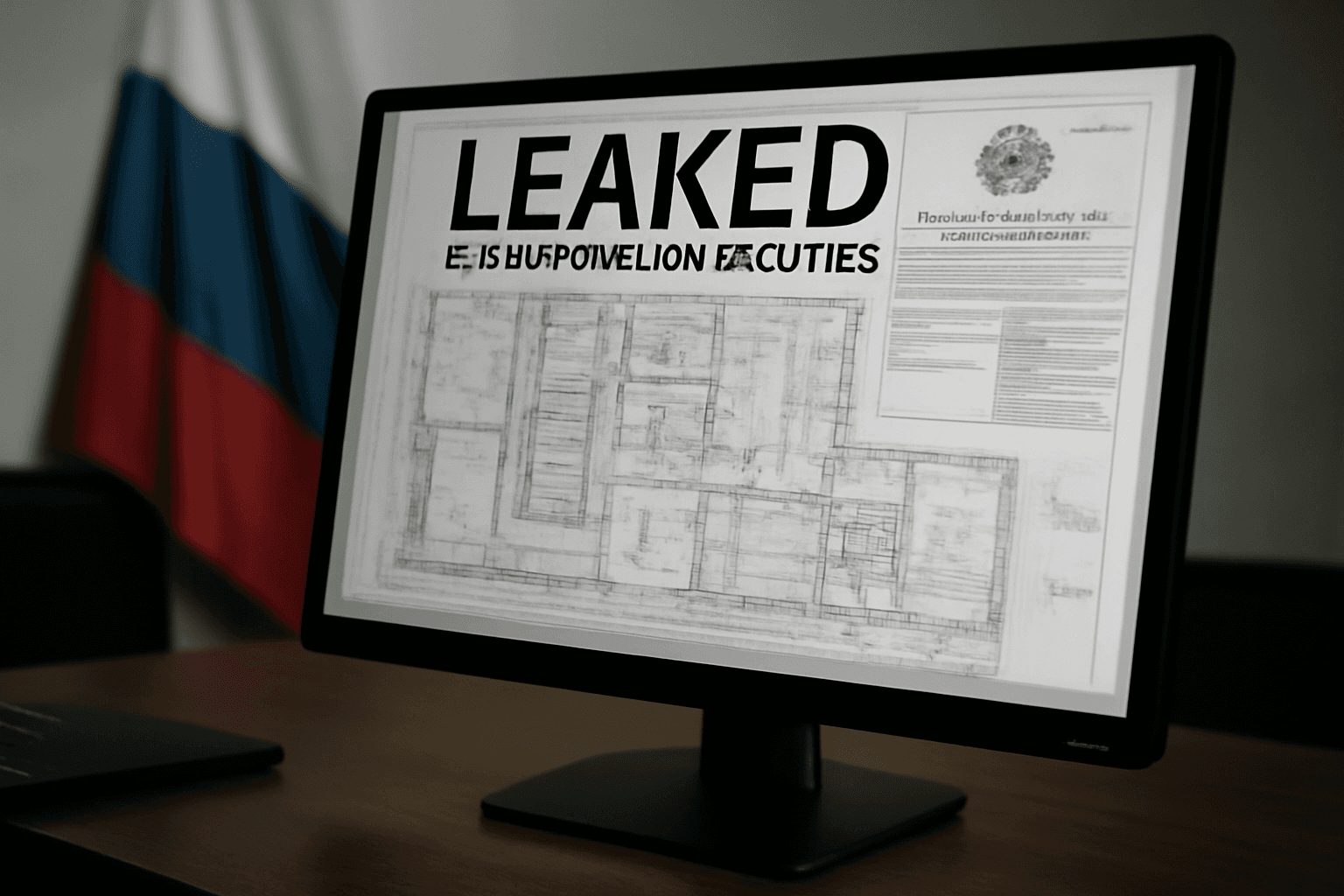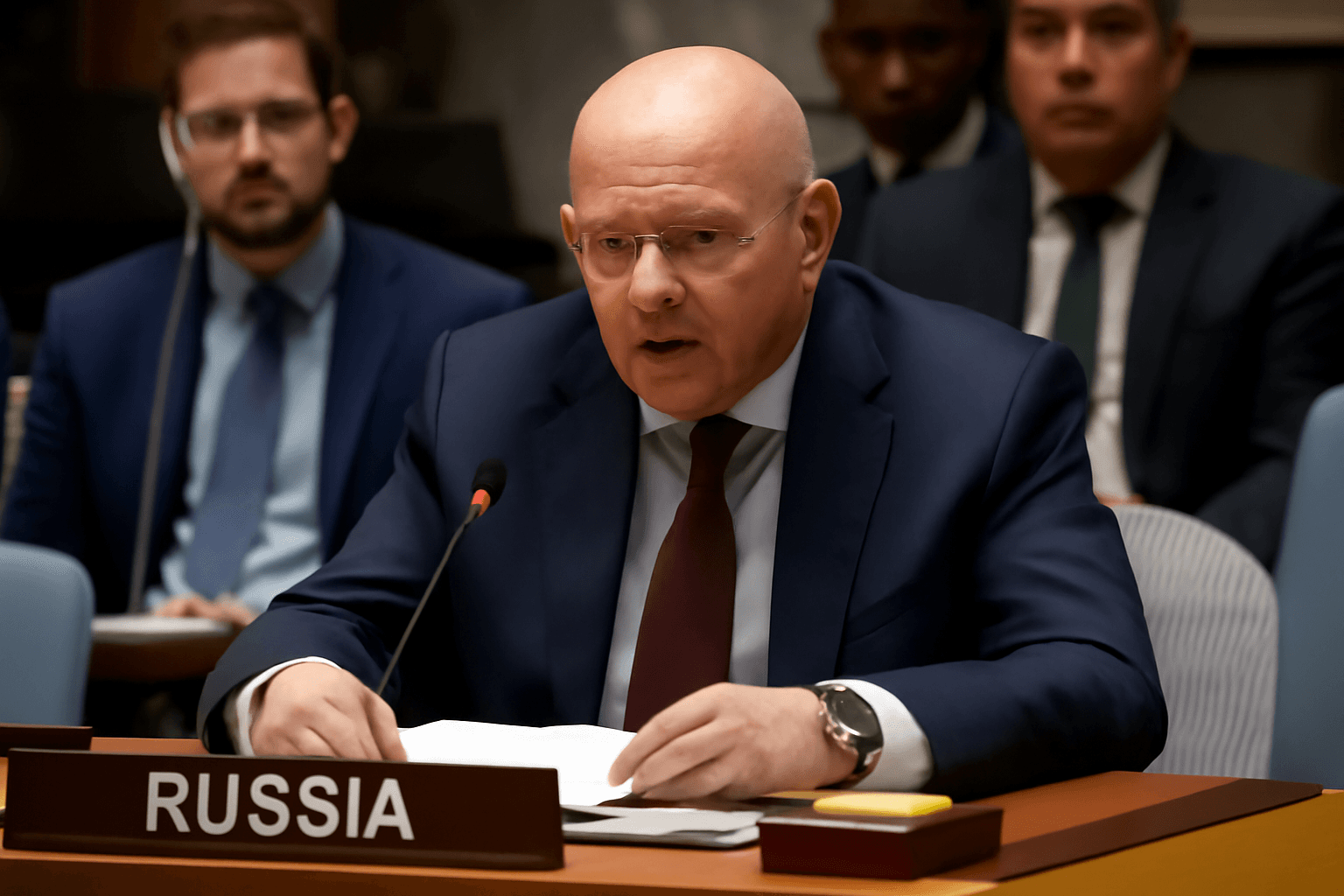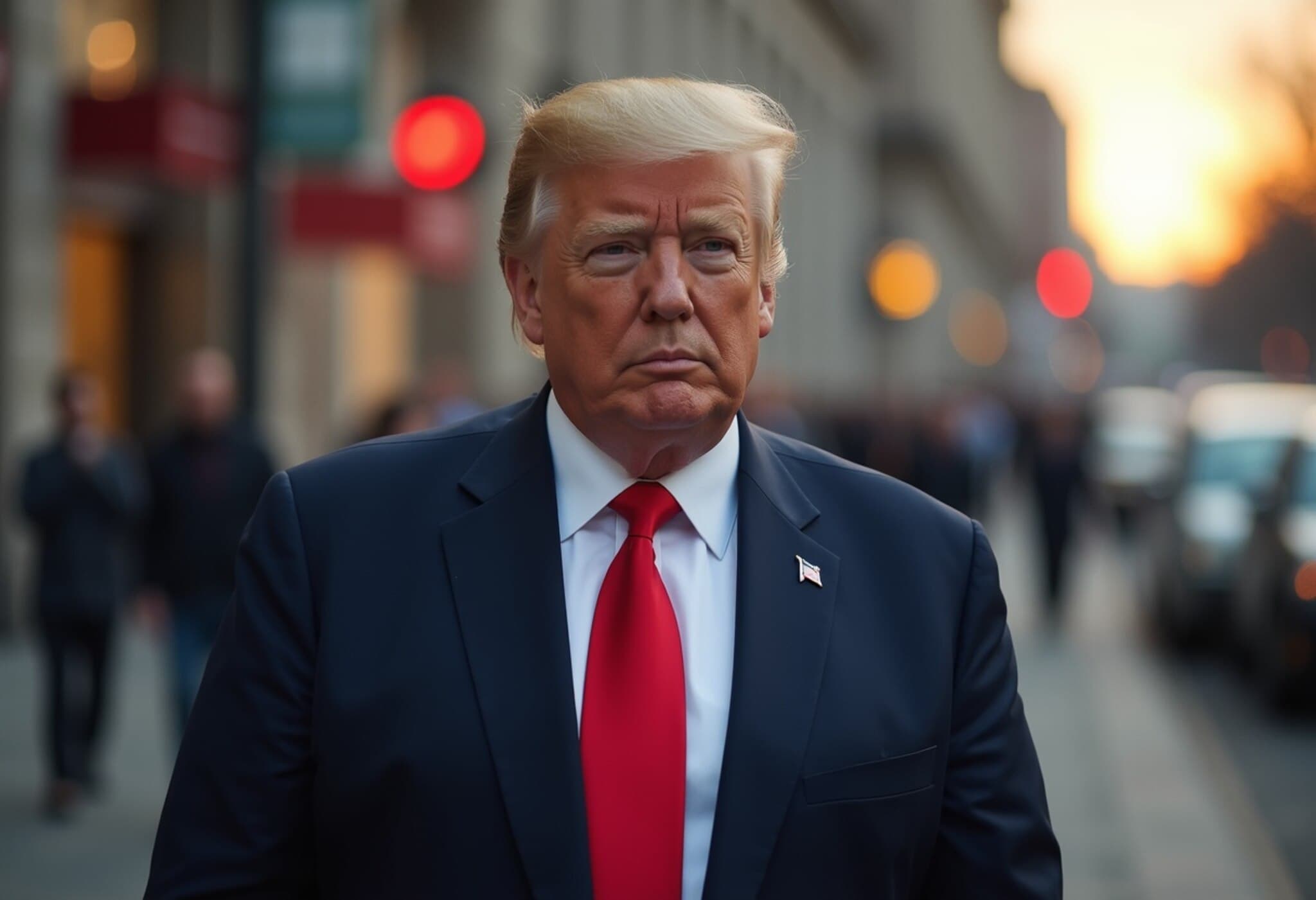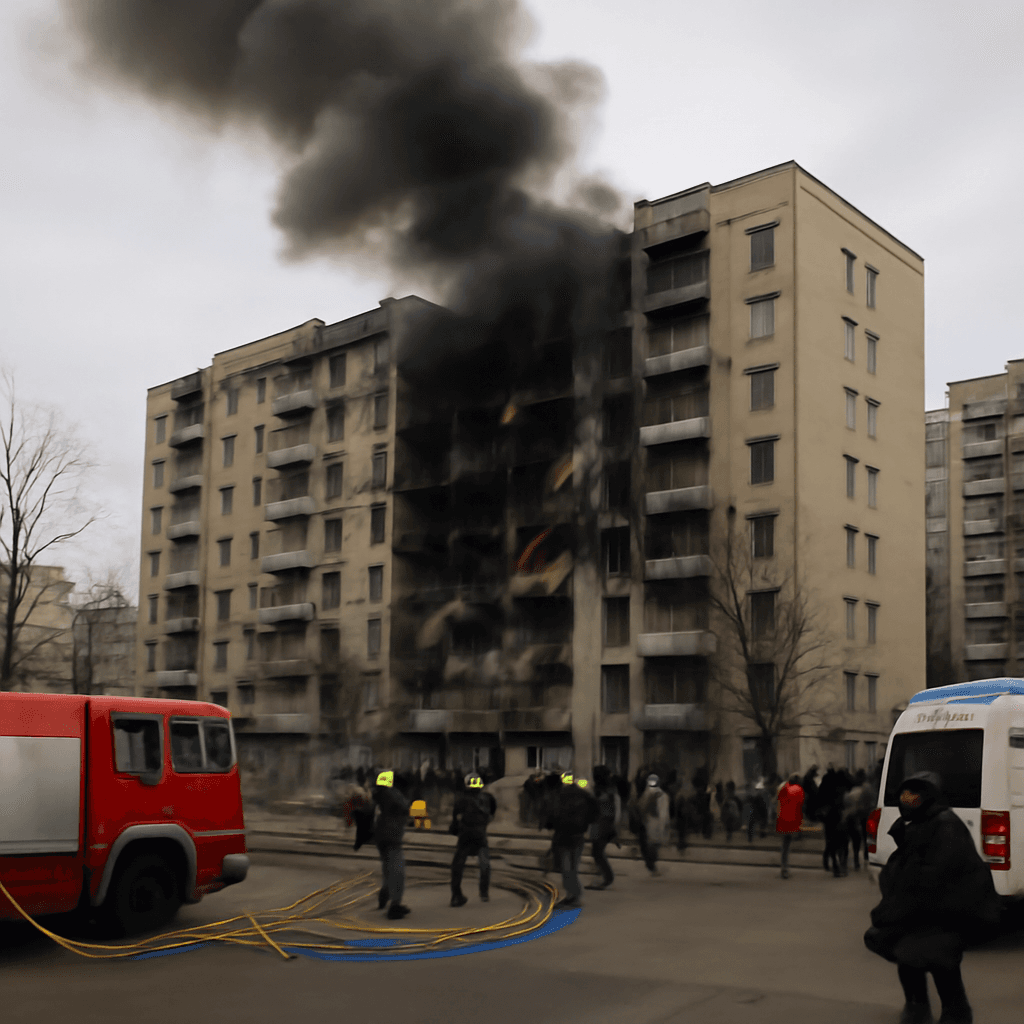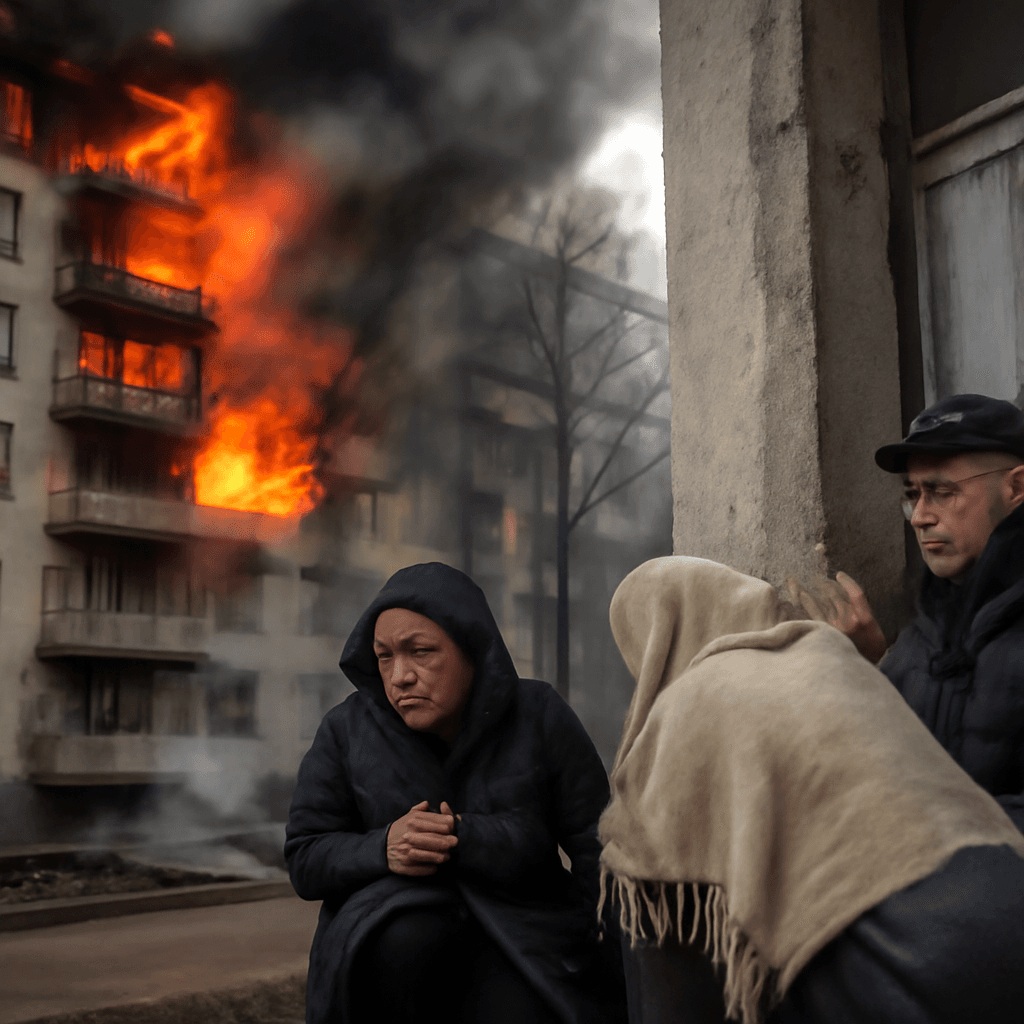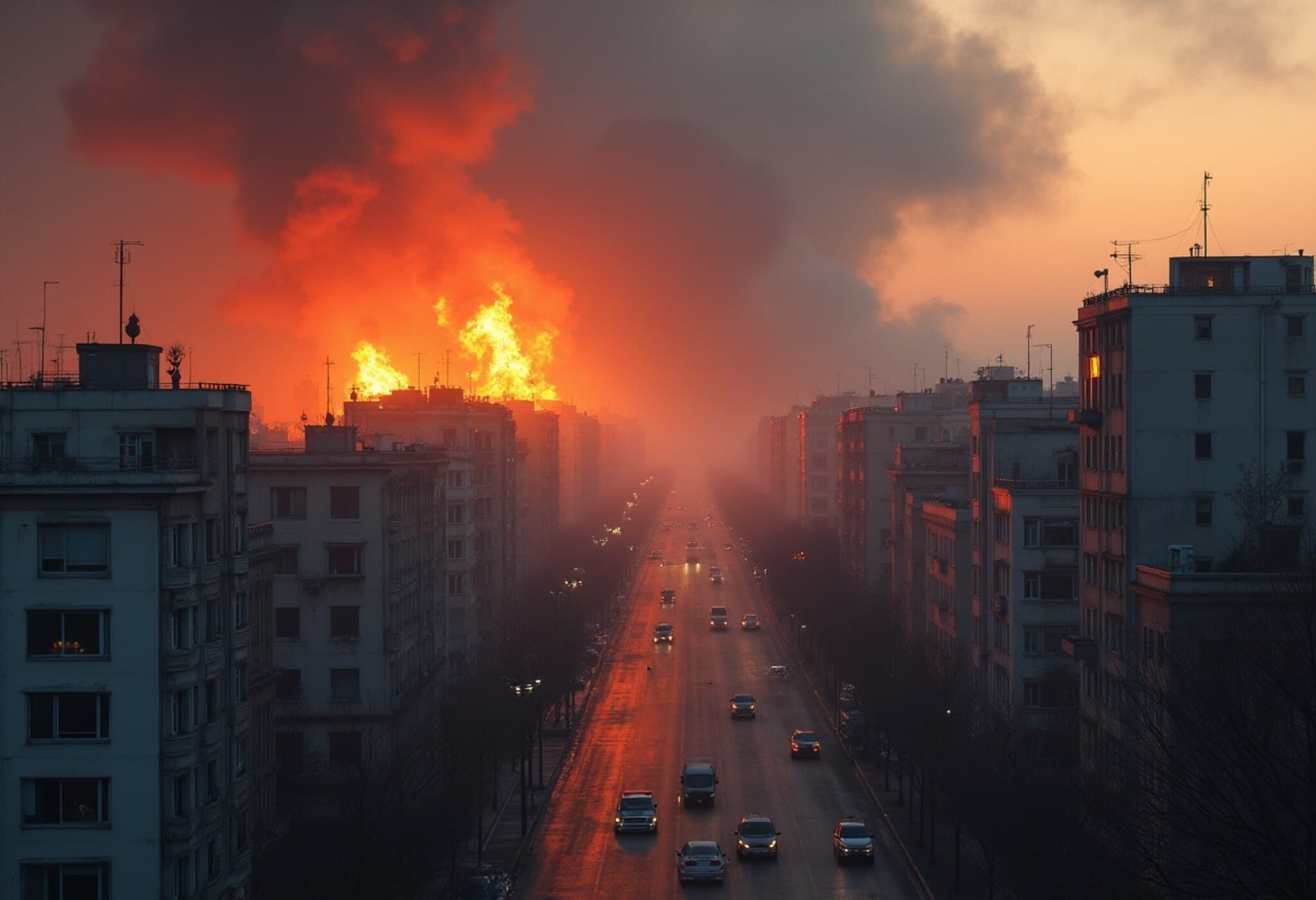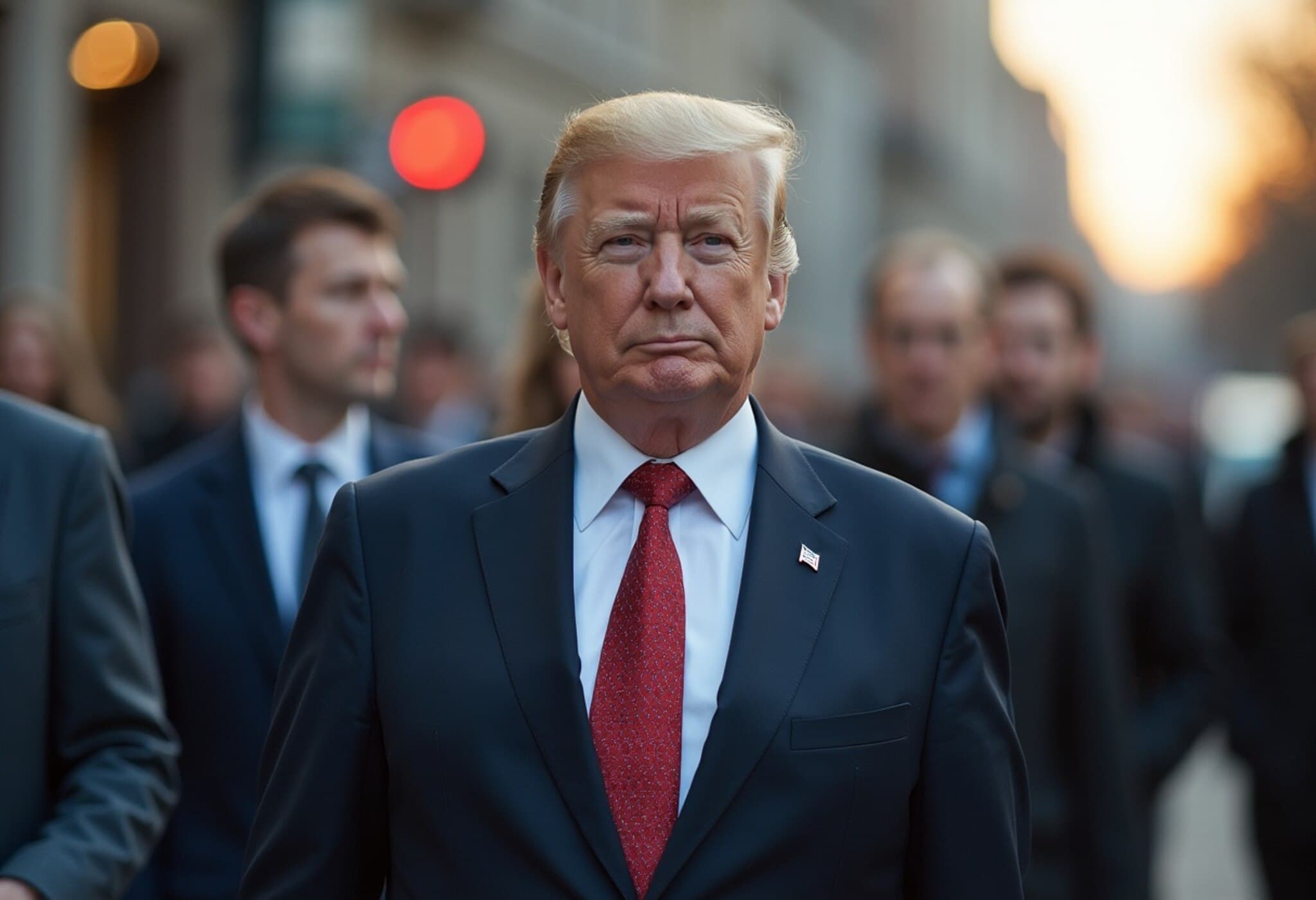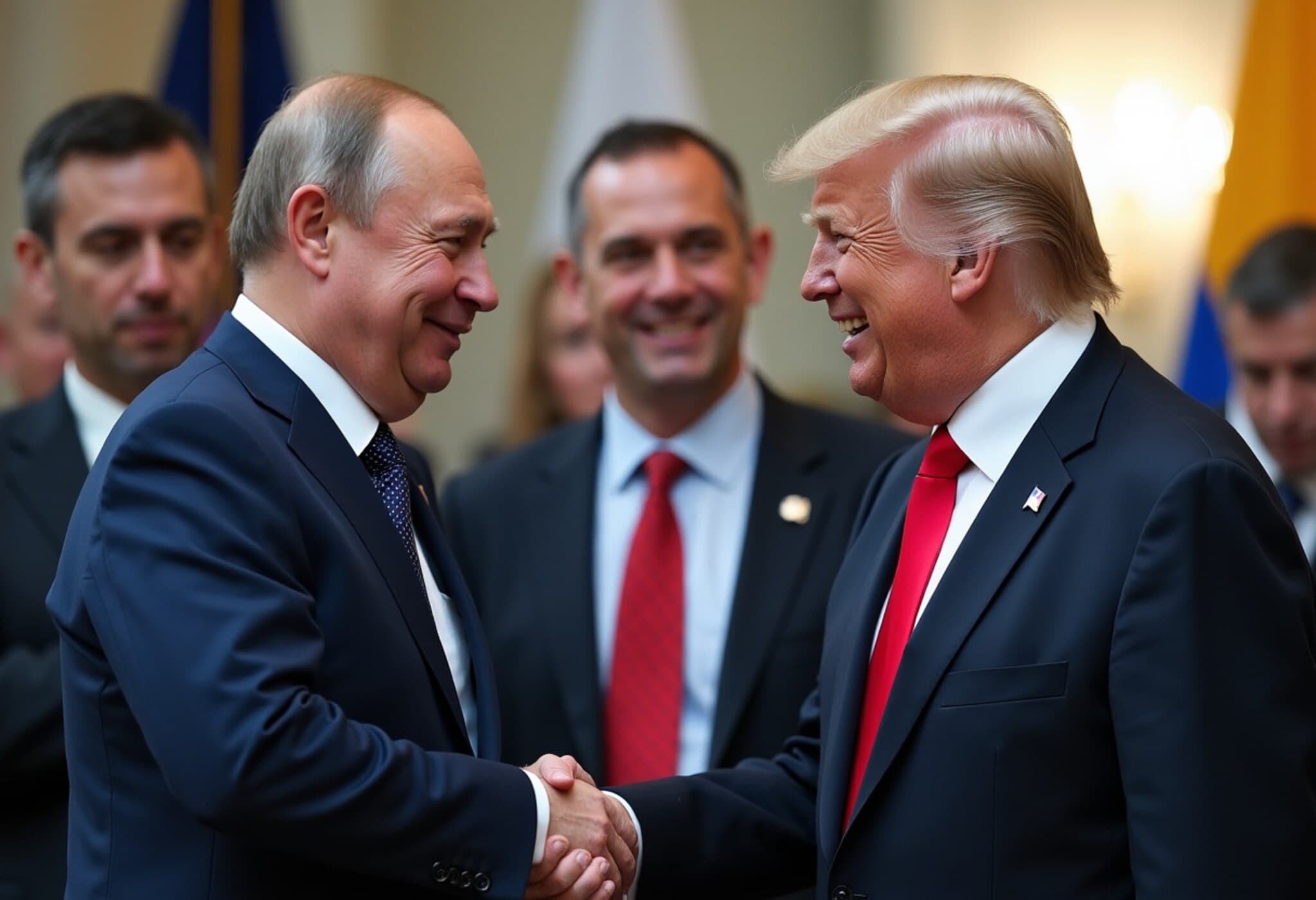Putin and Trump Signal Hope for Ukraine Resolution at Alaska Summit
In a surprising turn amid ongoing tensions, Russian President Vladimir Putin and former US President Donald Trump emerged from their recent Alaska summit announcing a “shared understanding” on the long-standing Ukraine conflict. While no formal deal has been sealed, Putin urged European nations to avoid actions that could derail the fragile progress made during their discussions.
Key Takeaways from the Summit
- Putin’s message to Europe: He cautioned against attempts to "torpedo" emerging diplomatic efforts, emphasizing that cooperation rather than confrontation is essential for peace.
- Trump’s remarks: Described the talks as “extremely productive” but carefully noted that "there’s no deal until there’s a deal," signaling cautious optimism.
- Next steps: Trump revealed plans to engage Ukrainian President Volodymyr Zelensky and European leaders soon to discuss the way forward.
Expert Insights: What This Means for the Ukraine Conflict and International Relations
This high-profile dialogue marks a rare moment of collaboration between Russia and the US since Ukraine’s war escalated in 2022. While the details remain largely confidential, analysts suggest the "understanding" could reflect steps toward ceasefire terms or confidence-building measures.
From an American policy perspective, Trump’s involvement—despite no longer holding office—underlines his continued influence on international affairs. However, experts caution that any meaningful resolution hinges on broader, multilateral engagement, especially from European Union members deeply invested in Ukraine’s sovereignty.
Importantly, Putin’s direct appeal to Europe highlights the complex geopolitics surrounding the conflict. Europe’s role has been pivotal, balancing sanctions, diplomatic support, and humanitarian aid. Putin’s warning not to undercut progress may hint at tensions within European capitals over the direction and pace of negotiations.
The Broader Context: Diplomatic Challenges Ahead
Despite the hopeful tone, significant hurdles remain. The Ukraine war is deeply entangled with regional security, NATO dynamics, and energy politics. This tentative dialogue invites critical questions:
- Can European nations reconcile differing strategies to unite behind a peace plan?
- How will Ukrainian leadership respond to discussions initiated without their immediate involvement?
- What mechanisms will guarantee that any agreements are sustainably implemented?
These reflections underscore the importance of inclusive diplomacy that respects Ukraine’s agency while fostering direct US-Russia communication.
Looking Forward: The Path Toward Sustainable Peace
Putin’s hope that these discussions become a “reference point” for resetting pragmatic US-Russia ties reveals deeper aspirations beyond Ukraine—a hint at recalibrating bilateral relations stalled for years by conflict and sanctions.
For the international community, this juncture offers a potential inflection point—where renewed dialogue could translate into tangible progress, but only if approached with cautious optimism, clear-eyed realism, and a commitment to multilateral cooperation.
Editor’s Note:
While the recent Alaska summit introduces a welcome note of progress, readers should recognize the complexity underpinning the Ukraine conflict. Diplomacy here is a delicate dance, weaving through competing interests, historical grievances, and a war’s human toll. The world watches closely: will these initial understandings blossom into durable peace, or will they falter under geopolitical strains? Only time will reveal the true impact of this pivotal encounter.

